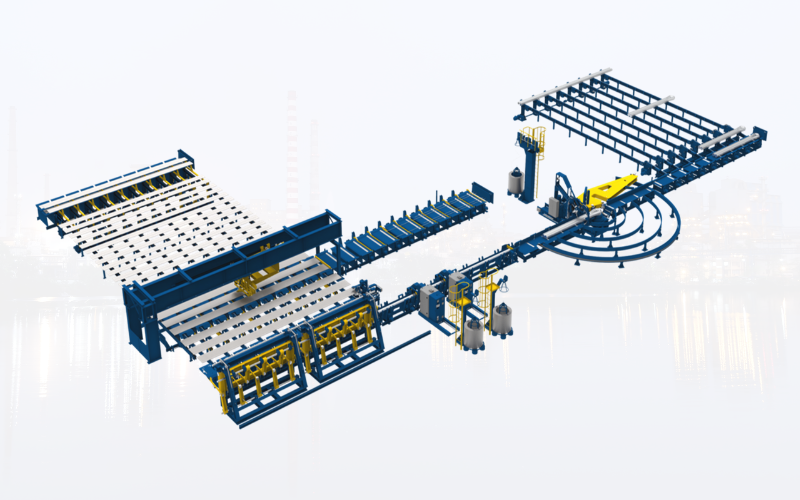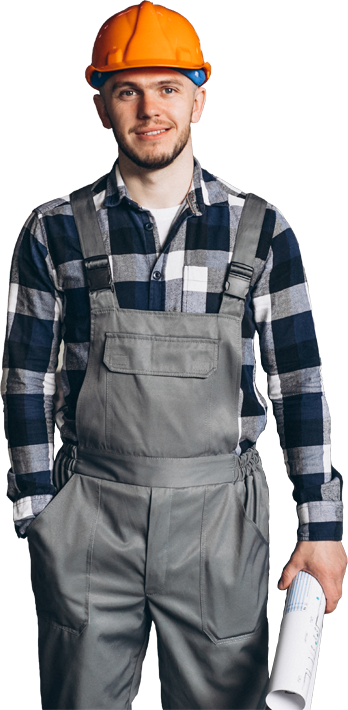AUTOMATIC TMT BAR HANDLING & BUNDLE BENDING STATION / SYSTEM
The Bar Bundle bending station is designed to bend full length master bundles to reduce the bundle lengths for transportation purposes. Bar Bundle Bending System In-line or Off-line. The bending station can be a standalone installation or in-line with the bar handling system in the rolling mill. It is designed to bend bundles up to 2.5 metric tons or bundle diameter up to Ø250mm and bar diameters up to 36mm. It can accept bundle lengths up to 14m.

World-leading supplier of handling equipment to the rolling mill industry
We supply handling systems for Steel Rebar / Bar, wire and rod mills, as well as strapping and marking solutions for strip mills. Our equipment is a crucial part of rolling mills all around the world and our wide range of solutions can be found in plants of all types and sizes. A bundle bending system in a bar rolling mill is a specialized machine used to bend multiple steel bars (a bundle) into a specific shape, often a hairpin or U-shape, after they have been rolled and cut. This system streamlines the process of preparing bars for further use, such as in construction or fabrication, by automating the bending process which would otherwise be done manually.Here's a more detailed look at the system:
Purpose: Automates bending: Instead of manually bending each bar, the system bends entire bundles at once, saving time and labor.Ensures uniformity: Automated bending ensures consistent bend angles and shapes across all bars in the bundle.
Increases efficiency: By automating the process, the system increases the speed and volume of production compared to manual bending.
Improves safety: Reduces the need for workers to handle and bend heavy steel bars manually, minimizing the risk of injury.
Transfer system: The system often includes chain transfers or other mechanisms to move the bundles of bars to the bending area.
Bending mechanism: This is the core of the system, where the bars are bent to the desired shape. This may involve hydraulic cylinders, rollers, or other specialized mechanisms.
Control panel: Operators can use the control panel to adjust bending parameters such as angle, radius, and speed.
Bundling area: This area may include mechanisms to buffer the bundles and prepare them for tying and tying machine.
Collecting area: After bending and tying, the bundles are moved to a collecting area for further processing or storage.
Benefits of using a bundle bending system: Increased production speed and capacity: Automated bending allows for faster processing of bars compared to manual methods.
Reduced labour costs: Automating the bending process reduces the need for manual labour, lowering overall labour costs.
Improved product quality: Consistent and accurate bending ensures uniform product quality.
Enhanced safety: Minimizing manual handling of bars improves workplace safety.
Cost-effective solution: Bundle bending can be more cost-effective in the long run, especially for high-volume production.


